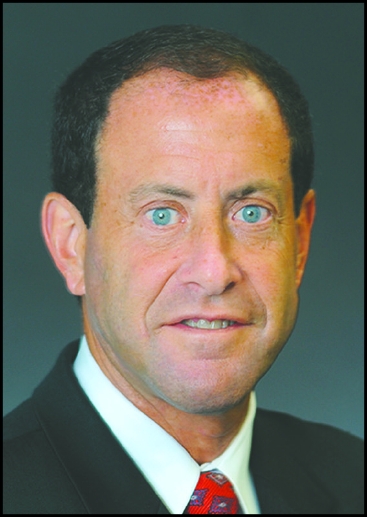Financial Management
Both Opportunities and Challenges for Construction Loom in the Face of Infrastructure and Resiliency
By PHILLIP ROSS, CPA, CGMA, PARTNER

The Inflation Reduction Act’s gift of funding and new capital projects on the horizon are promising and exciting for all in our industry. However, as we look ahead to new possibilities, construction firms will also face new challenges, among them is the complexity of infrastructure projects in uncertain times.
Three years out from the pandemic, we are looking at new opportunities, but are also counting the costs when it comes to planning for new buildings and infrastructure. Building new and improving transit systems, health care facilities, improving city streets and other critical structures involves multiple stakeholders, intricate planning and coordination.
Challenges to infrastructure and resiliency include financial planning for critical infrastructure. New York must remain a mass-transit oriented community, where the city’s transit system is key to economic progress by providing on-time, reliable and efficient transportation. Our trains and subways will always play a key role in facilitating the city’s economic prosperity. Without upgrades to our transportation infrastructure, we run the risk of being unable to shuttle workers in and out and around the city.
Resilience as a mass transit metro region also includes passing legislation on congestion pricing in the city, to ensure reduced reliance on private automobiles that create such congestion and act to hinder emergency vehicles and other critical city services.
The construction industry is also facing new challenges in working with recent increases in environmental and sustainability measures. This is both sentimental and practical as compliance measures are being observed and implemented. We are seeing an acceleration in environmental consciousness where contractors must take more proactive measures to minimize the carbon footprint in the built world.
With the increasing emphasis on sustainability, contractors are more challenged to come up with new ways of working that minimize environmental impact. This requires new skill sets, additional knowledge, new mindsets, and the implementation of new design–build programs to efficiently achieve goals in carbon reduction while completing these projects. For example, new heat pumps and energy-efficient chiller systems require contractors to work closely with engineers to build out new sustainability plans.
Challenges in resiliency also include the ability to retain labor. Retaining skilled labor reached critical levels during the COVID crisis, but the challenge remains today. With new infrastructure and varying types of new buildings and projects on the horizon, specialty knowledge and training are also required. Learning new modalities and recruiting the next generation requires firms to rise to the challenge. Contractors are also challenged with new regulatory requirements and incorporating the use of new technologies to get the job done most efficiently. Training the workforce in the use of new technologies is critical.
Other opportunities and coexisting challenges exist in creating new housing, especially affordable housing. Where and how to build are two of the foremost problems as zoning requirements and construction financing in the current economic environment can cause difficulties. New initiatives include opportunities for the conversion of warehouses and other types of commercial spaces into residential structures, but again, financing in construction and real estate has the potential to be cost prohibitive if the outcomes do not make financial sense for developers and other stakeholders.
Other housing projects, including making much-needed upgrades to public housing buildings within NYCHA, are challenging as well since it remains to be seen how the improvements will be accomplished without displacing tenants. The coordination and solutions for achieving goals to increase the numbers of housing units will require problem solving, as well as unique financial strategies.
Altogether, new opportunities always include new challenges as growth is about making changes and finding new and better ways to do things. At the same time, we are still facing headwinds because of high interest rates and increased construction costs. We are at a juncture where a promising future in construction also includes overcoming difficulties in managing large-scale projects. As we have seen in the past, our industry has been resilient during tough times. We are poised to rise to the challenge and commence building great structures for our communities.
About the author: Phillip Ross, CPA, CGMA is an Accounting and Audit Partner and Chair of the Construction Industry Group at Anchin, Block & Anchin, LLP. For more construction industry thought leadership and content, log on to www.anchin.com.
